For most of us, the first time you picked up a rod likely involved a parent, grandparent, or guardian by your side.
You were likely standing on the shore of some pond or lake with them beside you, coaching you on the very basics of casting.
It probably involved some tears, maybe a little yelling, and even a hook in the side of your leg followed by more tears.
At least, that was my experience.
Learning how to bass fish from shore is how most of us got started before we took to boats and kayaks.
While it might seem like a no-brainer, many anglers still don’t understand the ins and outs of shore fishing for bass.
I recently moved and unfortunately, had to get rid of my boat because I have nowhere to keep it.
So, I’ve been doing quite a bit of shore fishing over the past year.
Together, let’s master the shoreline and this guide should help you do that!
YourBassGuy.com writer & community coordinator, Wes Littlefield walks us through several bank fishing tips in the YouTube video above.
How to Bass Fish From the Shore: Top 5 Tips
Take a look at some of the best bass fishing tips from the shore that I have found effective in my experience.
1. Patrol The Shore
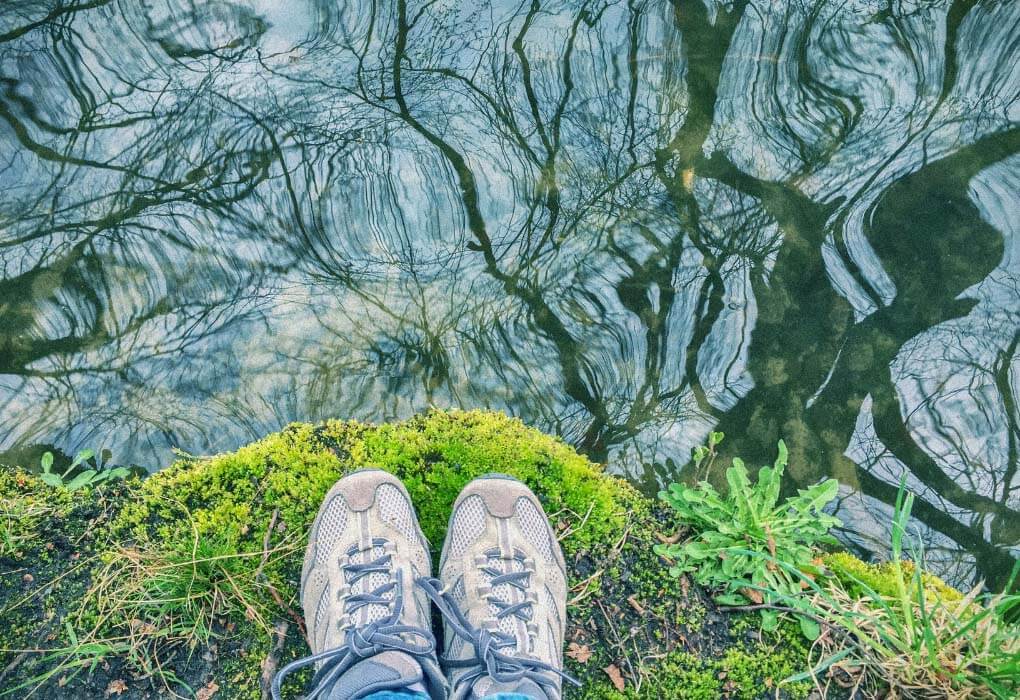
Once you’re all set with the gear and tackle, the next step is choosing the right spots for shore fishing.
A walk around the waterbody will help you to observe and plan your attack.
When you’re in a new area, tapping into the local knowledge is a great idea.
Connect with the local anglers or inquire at a neighboring pro shop.
If you have permission to fish on a private pond try to have a face-to-face with the owner. But don’t forget to make a good impression first.
Before you start patrolling a body of water, take help from satellite images.
Checking the shoreline of a lake will not only help you to find secluded fishing spots but also help in identifying deep water.
In Google Earth, the dark-colored water indicates more depth.
Bass prefer to hide and rest in deeper waters and these are the spots where you will be able to catch the trophy fish.
Look out for grassy shorelines along deep water that are favorite spots for smallmouth.
If you have a fish finder use it to get a closer look at the bottom.
The other feature that you can check out are feeder creeks.
These may be small in size and not too deep.
But, they may contain a high population of Crawfish that bass love to feed on.
While patrolling a waterbody, I keep a lookout for bugs on the surface.
River smallmouth feed on bugs and especially nymphs throughout the year.
However, they are more active when the water temperature is warmer.
When you’re around a river bank, look for pools that have deep water.
These pools contain sunken logs and rocks that the bass is attracted to.
Besides, areas where the river bends have holes and sandbanks that may hold smallmouth.
2. Be Calm and Quiet
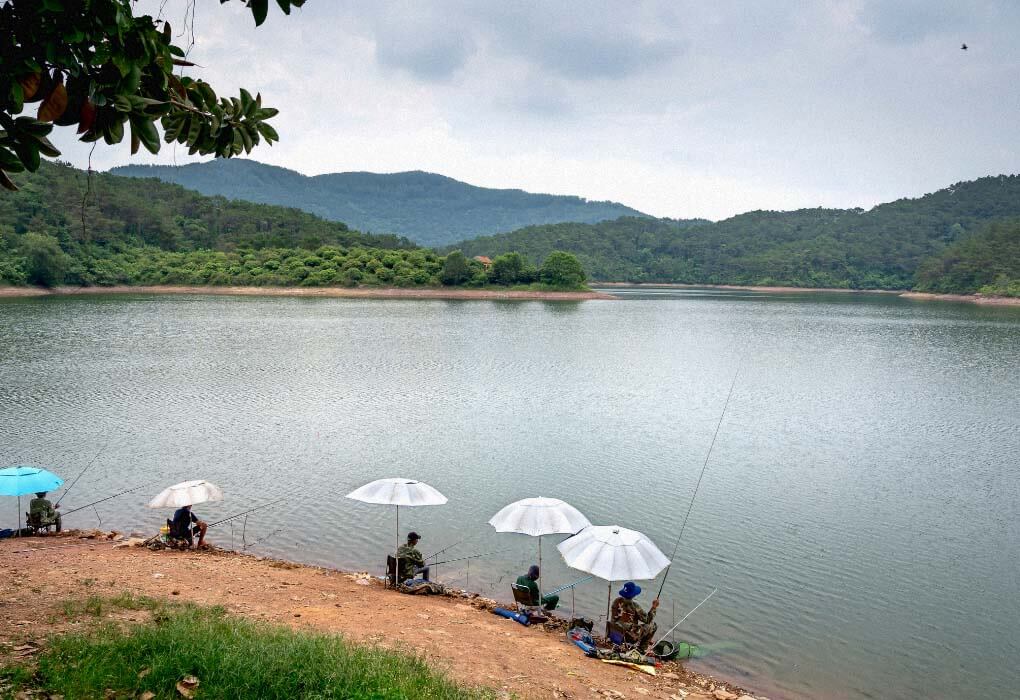
“Be quiet or you’ll scare all the fish away.”
Honestly, how many times have you heard this age-old advice?
While there’s some truth in the statement, it’s not entirely true.
Sound waves generated above the water don’t travel easily from air to water due to the density difference between the two mediums.
So talking or shouting will not create enough underwater disturbance to scare away the fish.
That said, this is true as long as you aren’t disturbing the water.
Activities like jumping on a boat, dropping an anchor, boat motor noise, wading in a river, or splashing will create enough disturbance to alert the fish.
Since sound travels faster through water, underwater disturbances are more intense for the fish.
In short, it’s best to avoid spots where the water surface is being disturbed directly.
I would also suggest that you keep a few feet distance from the water’s edge before casting.
Patrolling the shore is a great way to find a quiet spot before casting.
Generally, bass prefer security and will leave public spots under high fishing pressure.
So the chances of catching mature bass from such spots are pretty small.
3. Cast Parallel to the Shore
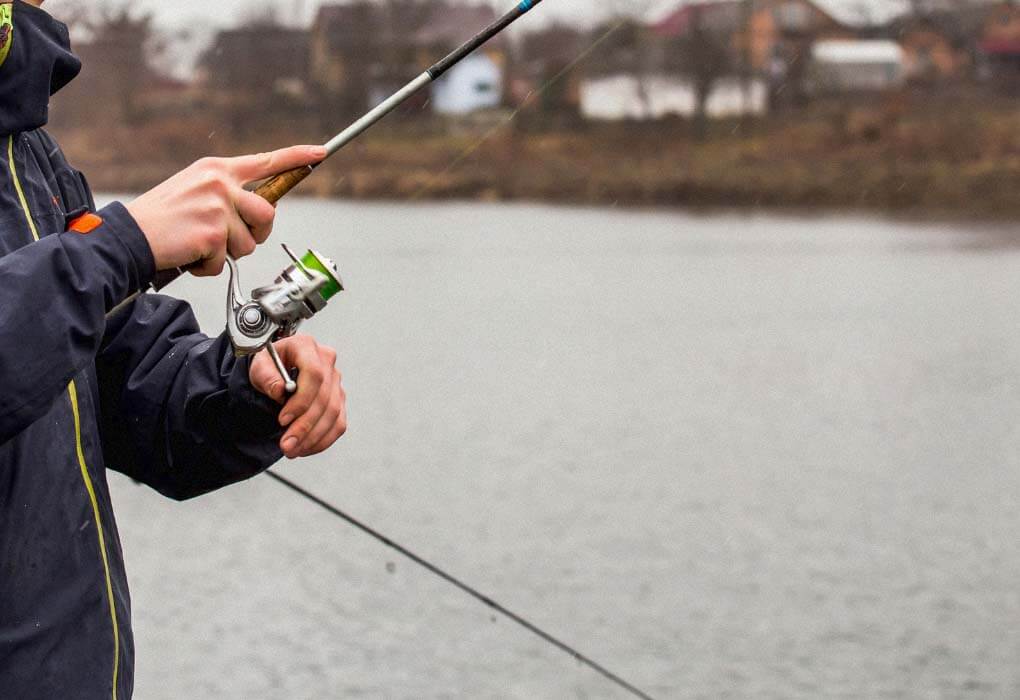
If you observe professional bass anglers, you’ll note that paralleling is a technique that they frequently use for both freshwater and saltwater fishing.
But for many of us, it’s natural to lob a cast in the middle of the lake.
It’s true that long casts look impressive and work great in certain conditions.
However, fish like to stay in the shallow, shady areas near the bank of a lake.
This is also an area where there are plenty of bugs to feed on.
That makes it important to pay more attention to the water around your feet.
Even on oceanfront beaches, the lip of the beach and the troughs are the favorite feeding spots for summer flounders and stripers.
So, the first 50 feet just out of the wash can be some of the most productive water that you might find.
The shady areas around a bridge or a pier are also the favorite hanging spots for striped bass.
By making parallel casts your bait has more chances to be in the strike zone.
4. Don’t Be Afraid of Weeds
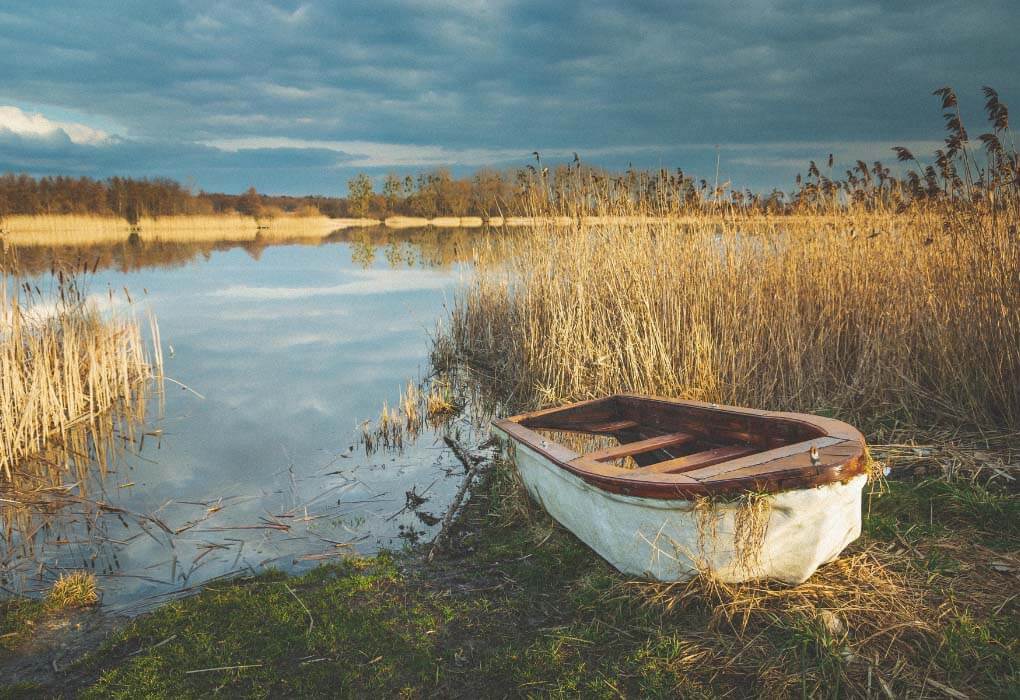
Shorelines with rock reefs and weeds have one food that bass loves- crabs.
So these are some of the best spots for casting your baits during saltwater fishing.
The periods around dawn and dusk are best for fishing in shady areas.
These are the times when bass will be actively seeking food.
Quite often, bass uses the vegetation as a cover.
So keep your bait close to the edges of the vegetation to get more bites.
And it’s not just weeds, fishing around logs, trees, or grass mats can be very effective.
However, don’t forget to be careful while reeling in. If the line gets hung up on some underwater vegetation you may have to cut it.
5. Size Your Presentation Properly
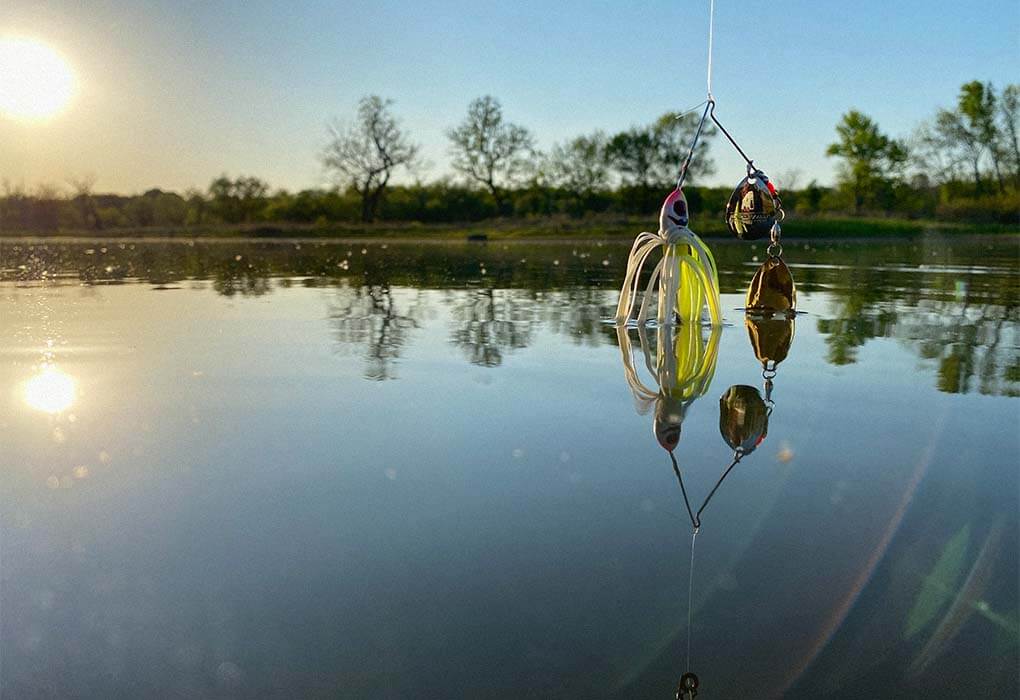
This is what I have learned- it’s not about the size of the lure but the presentation that makes the difference.
I have seen tiny lures presented with the right color and profile good enough for baiting a 30-pound striped bass.
If you spot an angler with a high catch rate, chances are the way they are presenting the lure is their key to success.
The master anglers who truly know how to catch bass from shore, have some “go-to” presentations that can trigger the fish for a reactionary strike.
That said, fish aren’t so easy to please. A lure that works in some conditions may not work in others.
The best option is to buy a wide range of lures or flies and experiment with them in various conditions.
It will take you some time to find the right combinations of color, shapes, and size that work in different conditions.
But that’s what makes angling so much fun and challenging at the same time.
Best Bass Rigs for Shore Fishing
Here’s a skill that you can learn and it doesn’t matter if you’re fishing from a boat, kayak, dock, or lake beach. Knowing how to set up a few basic bass rigs is important.
Texas Rig
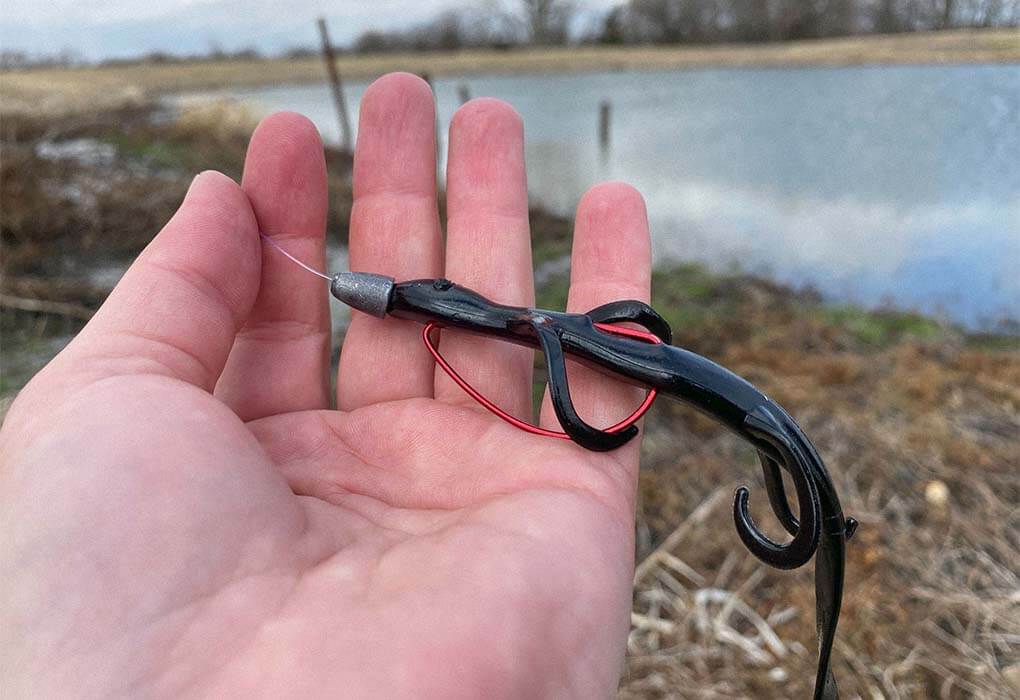
Almost all bass anglers have used the texas rig at some point in time. This is an old-school setup that has been around since the 1950s.
The rig is easy to assemble and extremely versatile for worm fishing from the bank no matter the season.
You can use them with light or medium-heavy rods and a strong offset hook.
Besides, since the point of the hook is threaded back into the worm’s body, it’s a weedless setup.
I find the Texas rig or chicken rig is an excellent choice in a heavily vegetated lake or pond.
Since it’s easy to set, it’s great for newbies learning how to catch largemouth bass from shore with a soft plastic bait.
Dropshot Rig
The dropshot rig is quickly becoming a popular choice for shore fishing for bass as it’s equally effective in deep and shallow waters.
I have seen it being used successfully in heavily covered areas and also for current fishing. In fact, it can be used for ice fishing as well.
Here the hook is tied to the main line and a dropshot weight is tied to the tag-end piece of the line.
The weight settles at the bottom and the bait remains suspended 6 to 12 inches above the bottom.
This creates a unique presentation that works great not only with bass but with other species.
Once you get a hang of it, this is a simple but effective “finesse” technique while shore fishing for bass
Keep in mind, you’ll need to vary the weight depending on the water depth.
Some experts also suggest dragging the dropshot across the bottom to lure the bass.
Splitshot Rig
The split-shot rig is often overlooked today, but many pro bass anglers still swear by this strategy.
Being lightweight, they are best for shallow waters and lakes with a dense grass mat.
It can be used with a wide variety of hooks and a split shot weight.
In a splitshot rig, you attach the weight to a swivel and hook the bait to a Texas or Carolina rig.
Unlike the dropshot rig, when you pull the line, the weight moves first and then the lure.
The rig works great with almost all bait profiles but you can choose the most vibrant ones.
I have found split-shot rigs especially effective with dingers. Probably, the movement appears to be more realistic to the fish.
Some veterans also mention that the splitshot works well during periods of higher barometric pressure when the bass are feeling more lethargic.
Best Lures for Shore Fishing
You want to know something funny? I notice that a lot of people kind of, look “down” on shore anglers.
They think that the lunkers are only caught from a boat. I’m here to tell you that’s not always the case. These lures will help.
Topwater Poppers
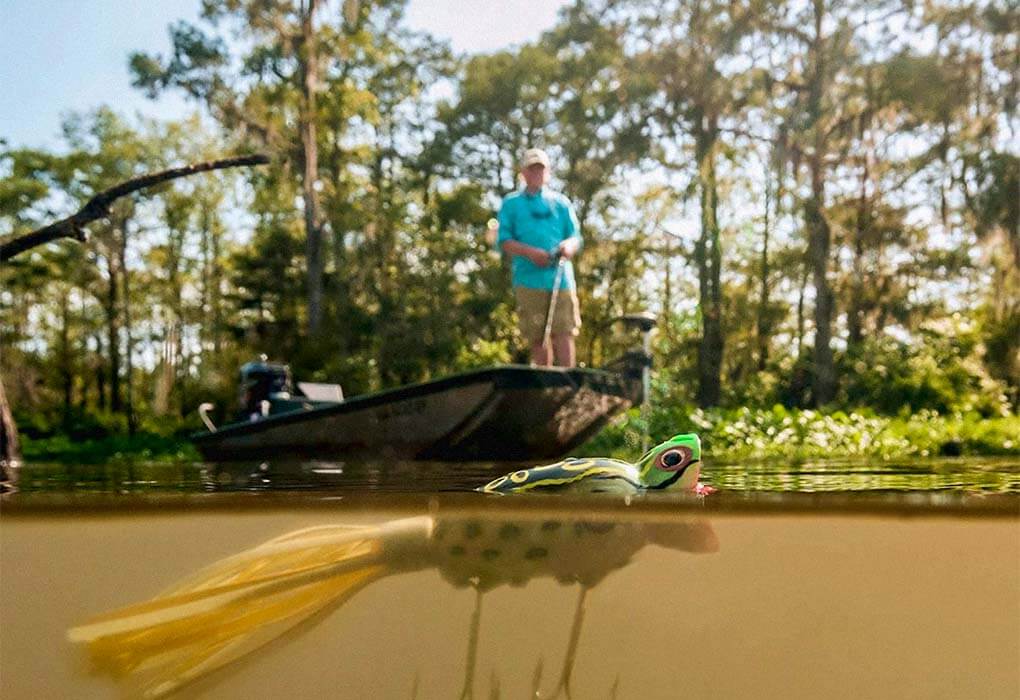
Topwater poppers are designed to imitate the action of baitfish that the bass feed on.
They also make a sound on hitting the water and create enough disturbance for the fish to take notice.
Poppers are perfect for luring out the largemouth bass from shallow covers and grass clumps.
Since these poppers allow you to fish slowly, they are great for bass that are lethargic and not fully committed to feeding fast-moving lures.
Moreover, you can make a long toss with the right accuracy as they are slender and have the right weight balance.
While there are plenty of high-end topwater lures in the market, my personal favorite is the Arbogast Hula Popper.
I love the presentation with its natural colors and also the classic pooping sound it creates with the cupped mouth as it hits the water.
Overall, an excellent choice for catching big bass and a must for your tackle box.
Soft Plastics
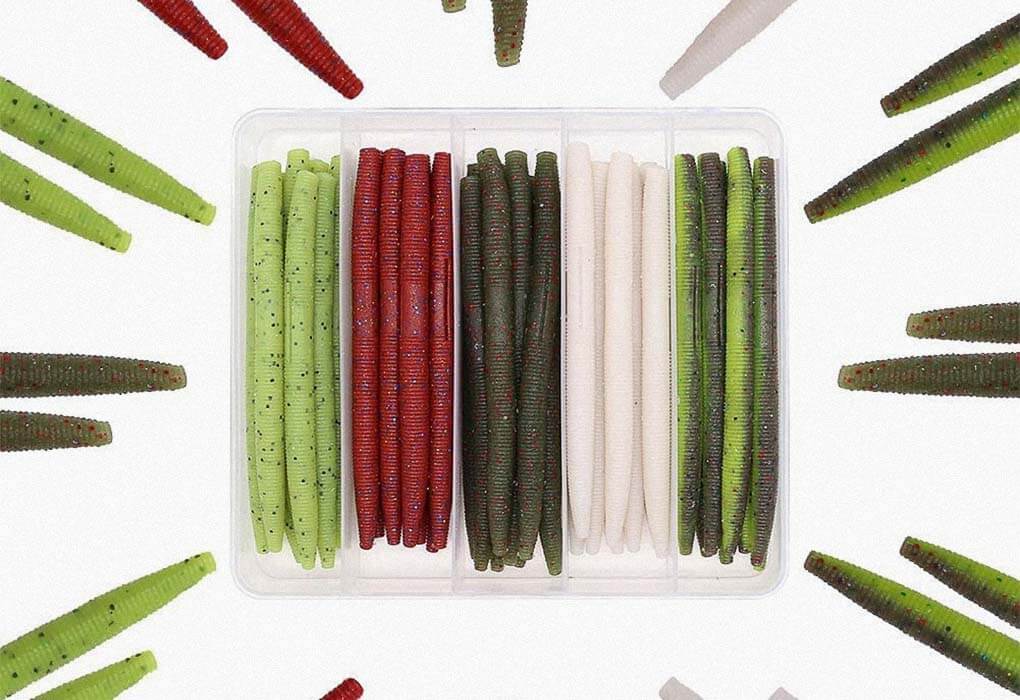
It goes without saying that the colorful plastic baits are enticing for bass.
Soft plastics fishing lures come in wide varieties and you can rig them up in multiple different ways.
Plenty of newbies get confused with the variety of sizes, shapes, and colors, in which the soft plastic creature baits are available on the market.
Actually, the right choice will depend on the area and conditions.
I have noted that lighter colors are best for clear waters, whereas deeper colors work best in water with low visibility.
The size of the worms can vary between 5 and 12 inches. Make sure to use the right hook size depending on the worm length.
If I had to make one choice among the many varieties of soft plastic baits, it would be the Gary Yamamoto Senko Worm.
It looks like a simple thick plastic worm but is salt-impregnated.
This makes it heavier and great for longer casts. Beyond that, the presentation is more natural and attracts more strikes.
Make sure that you don’t drop these baits or dispose of them in water.
They take a long time to decompose and aren’t the most environmentally friendly option.
Swimbaits
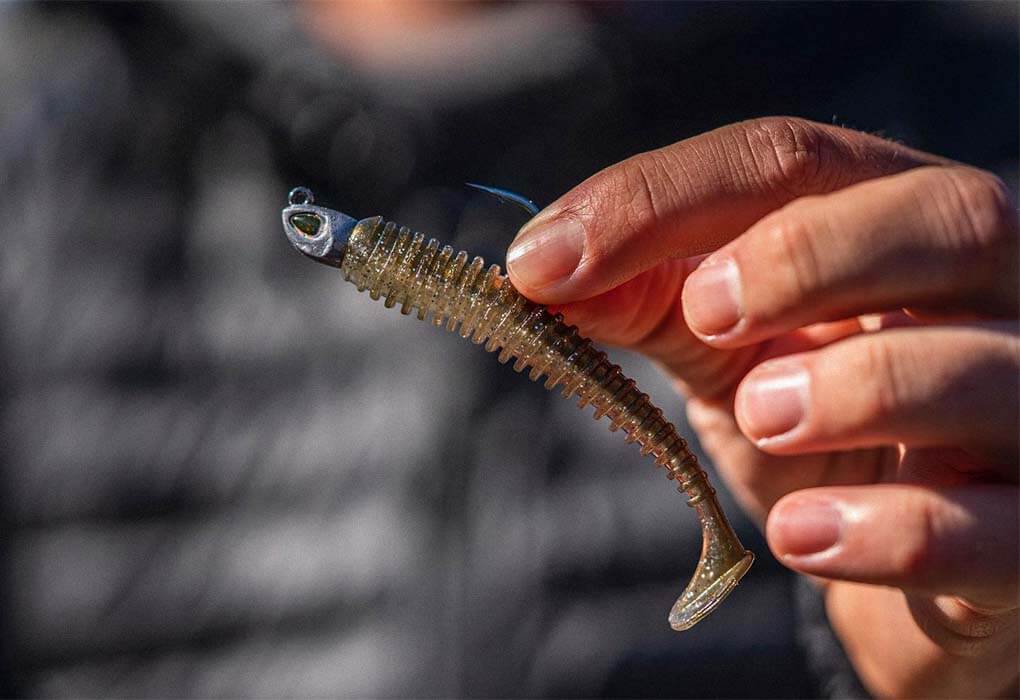
What I like about swimbaits is they don’t just look and move like forage fish like shad and bluegill, but also taste and shine like them.
That gives them a distinct advantage over the stiff-bodied crankbaits.
Previously, swimbaits were mostly used for off-coast fishing.
But in recent years, they have also emerged as a popular choice for shore fishing for bass in lakes.
Swimbaits come with slow, moderate, and fast rates of fall.
They also work well for the small as well as the large bass. However, make sure that you use the right equipment while handling longer and heavier baits.
My top pick in this category is the Berkley PowerBait Power Swimmer. It comes with a ribbed profile and a realistic paddletail action.
The vibrant colors add to the presentation and I have used this bait for catching smallmouth very close to the shoreline.
While not the best choice for trophy bass, it’s good enough for tuna, catfish, and panfish.
Final Thoughts
If you know how to bass fish from the shore, you can start doing what I do.
Keep a rod in the back of your car at all times because you never know when you’ll roll up on the perfect spot to wet a line.
Bank fishing doesn’t have to be a last resort and if you know how to do it properly and what types of green flags to look for, you’ll have just as much success as you would on a boat.
There’s nothing you can’t do from the shore that you could do it a boat when it comes to bass fishing.
So, quit making excuses and get out there!

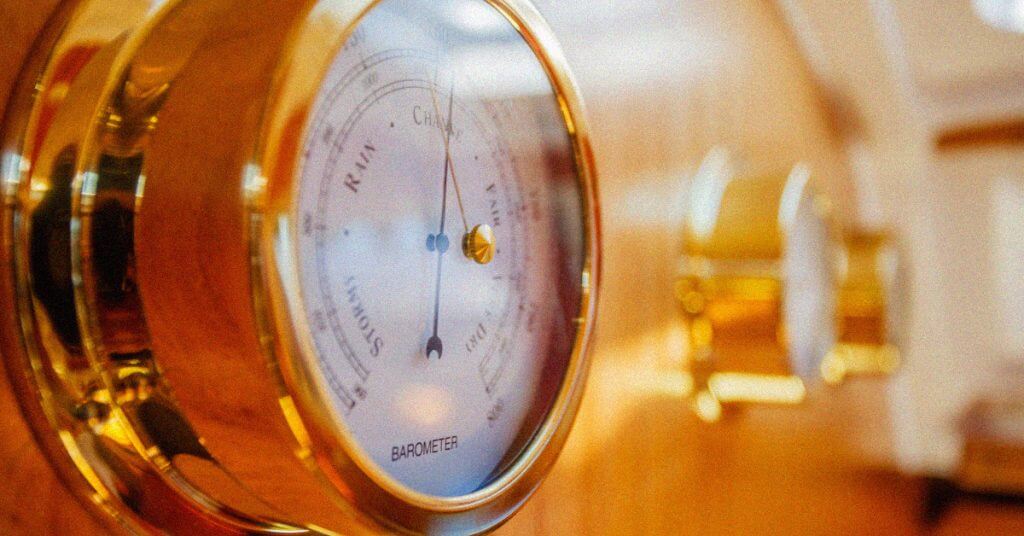
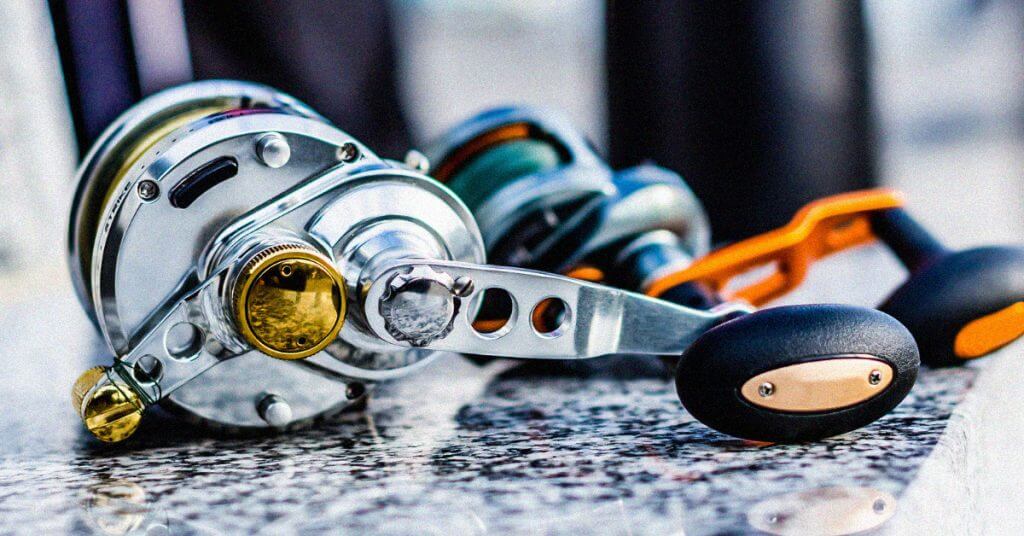
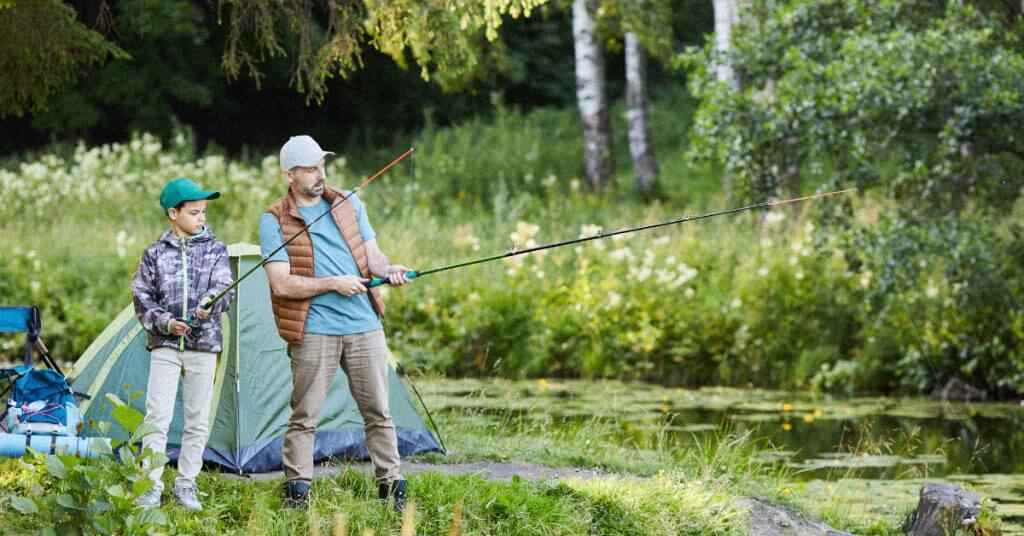
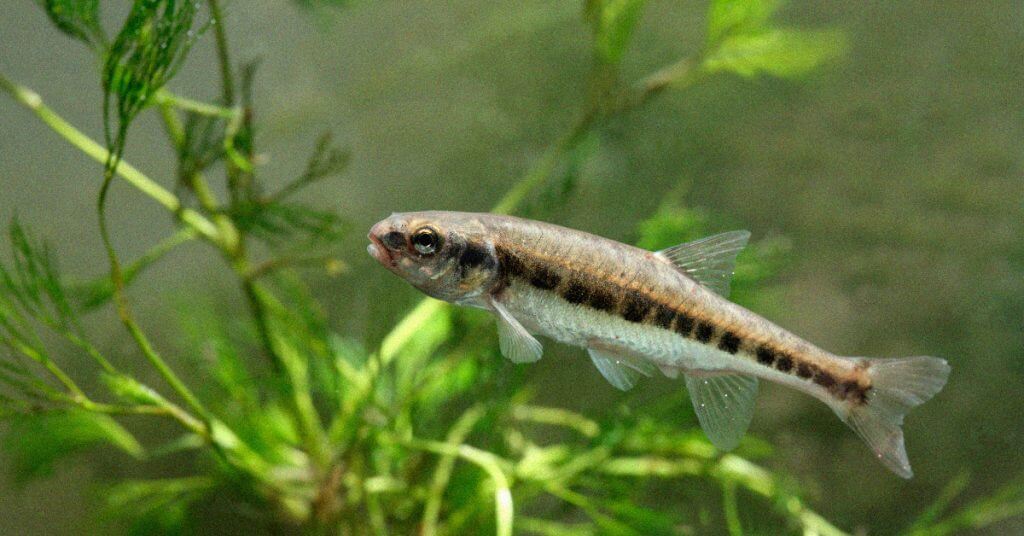
Hi, I love to bank fish, but my problem is I have so much fishing gear when I try to get ready to get my rigs to take I’m confused. So my dilemma is picking the right setups to take??? (HELP)
Hey, Thomas! I have the same problem haha! As a kayak and bank angler I don’t have that much space, so I will spend a little time the evening before sorting my tackle box into a more manageable size.
I’ll look at the weather and all the other factors and put the lures and rigs I think I’ll use the most in a smaller tackle box and then throw in my trusted favorites. So instead of bringing everything, I end up bringing about 1/8 of my gear!
Here’s a video of what I’m talking about: https://www.youtube.com/watch?v=VOyldTvnVYc
Hope this helps!